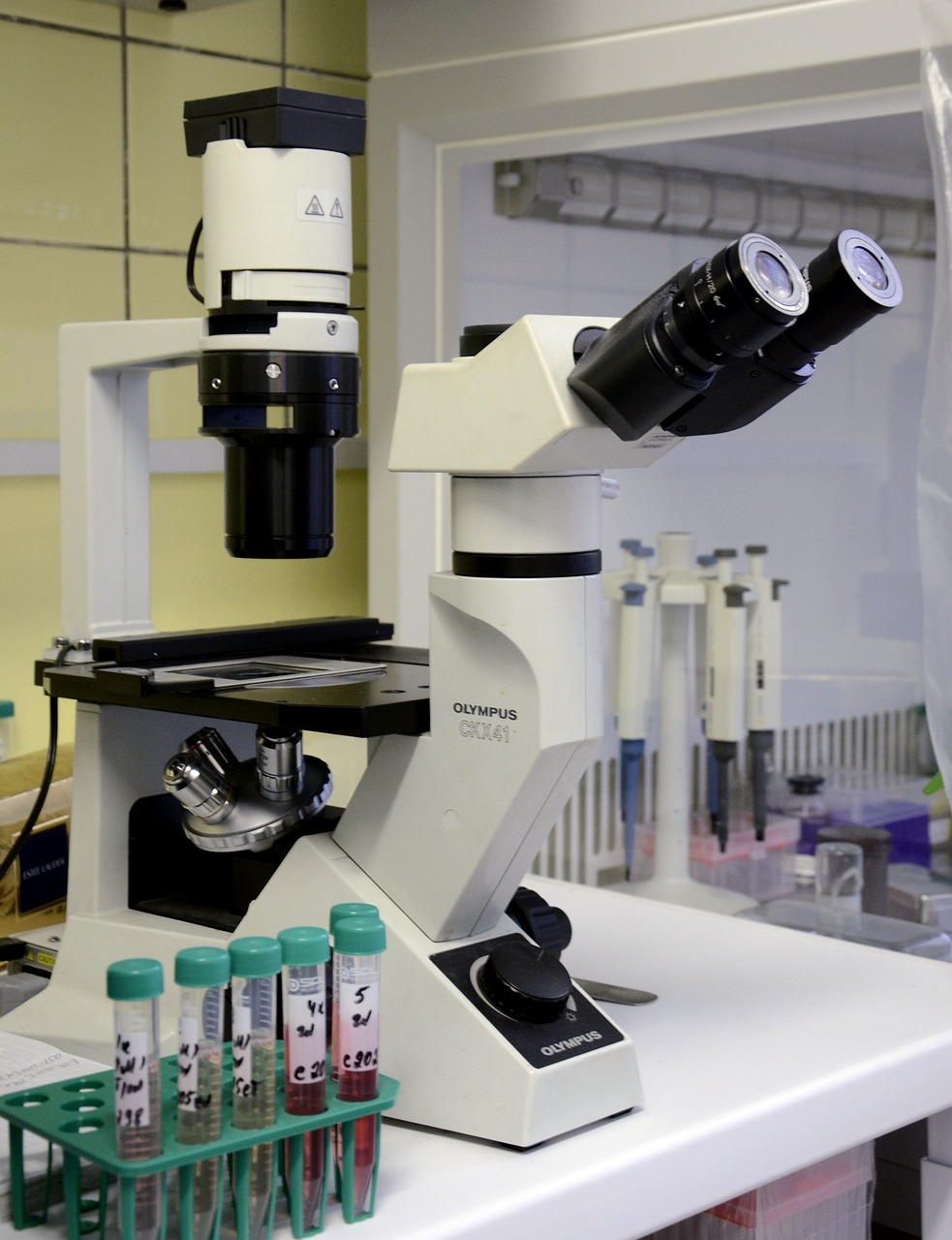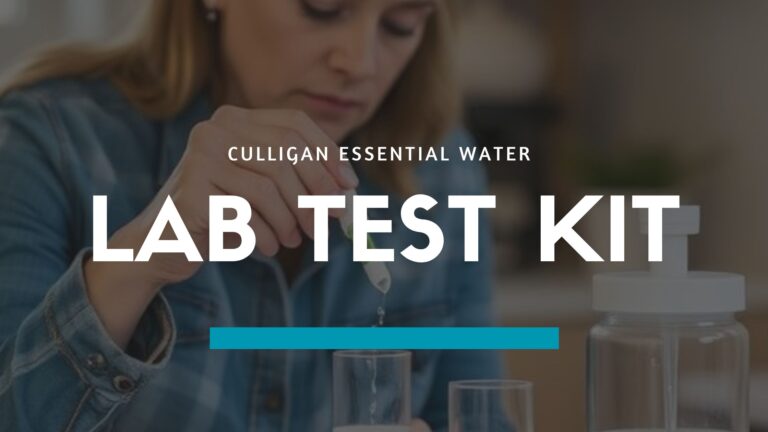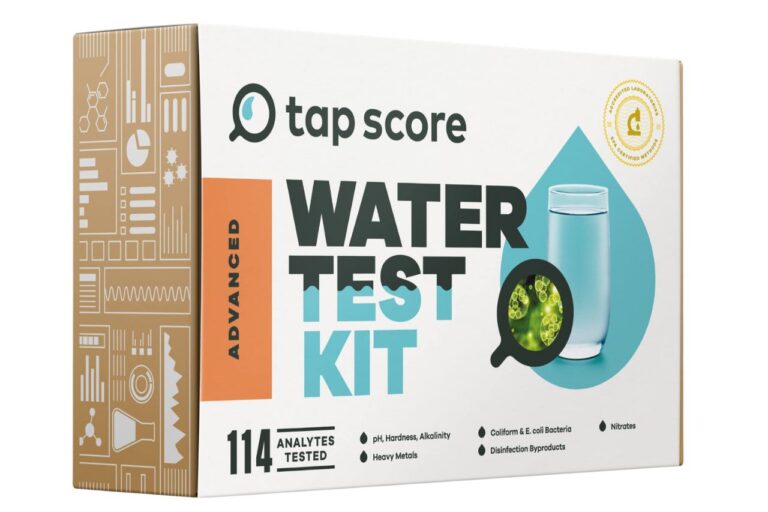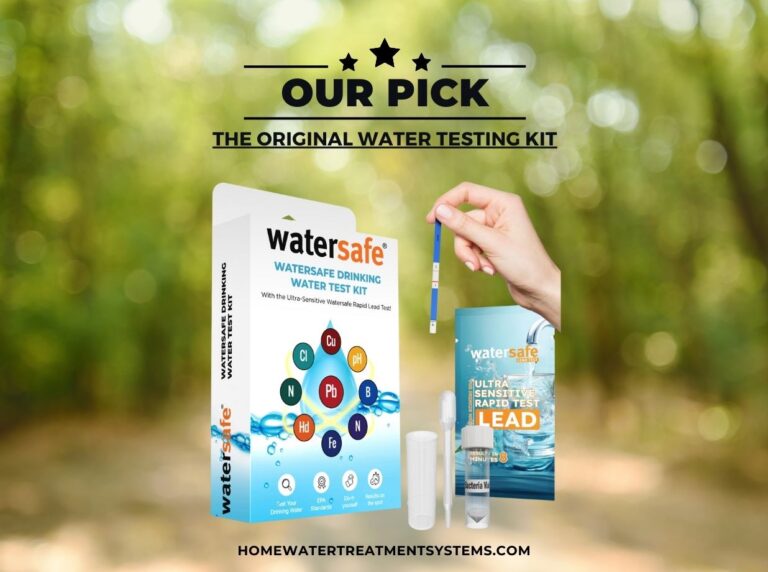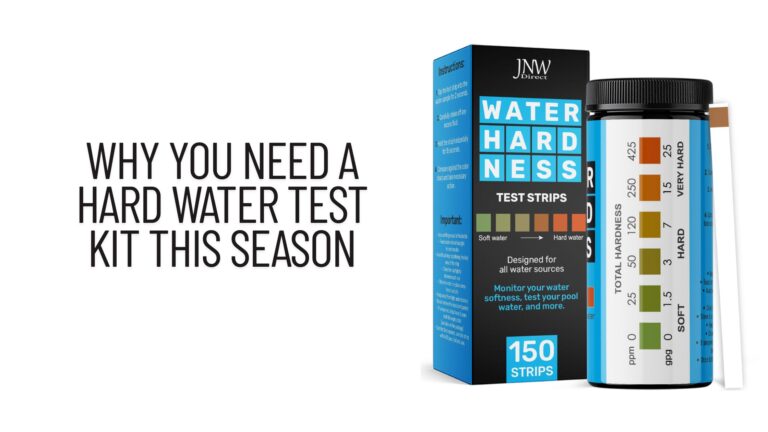How Much Nitrite is Safe in Drinking Water
Nitrites in drinking water can be dangerous if levels exceed the limits set by the EPA and other regulatory agencies. This guide explores what safe nitrite levels are in drinking water, as well as tips to ensure your water supply is secure.
What is Nitrite?
Nitrite is a compound made up of nitrogen and oxygen (NO₂). It is a naturally occurring, colorless gas that can be found in natural sources such as the soil and water. Nitrite is also produced by human activities such as fertilizer application and wastewater runoff. In drinking water, nitrites are primarily introduced by contamination from sewage or runoff from agricultural land.
What are The EPA Guidelines for Nitrite Levels in Drinking Water?
The US Environmental Protection Agency (EPA) has established guidelines for nitrite levels in drinking water. Specifically, the EPA recommends a maximum contaminant level (MCL) of 0.010 mg/L of nitrite-nitrogen in public drinking water systems. This recommended limit is equivalent to 3 ppm (parts per million). For private water wells that are not covered by EPA regulations, it’s important to speak with your local or state health department to determine locally recommended limits for nitrite levels in drinking water.
Are There Other Health Impacts Related to High Level of Nitrites?
Yes, there are other potential health risks associated with high concentrations of nitrites in drinking water. Long-term exposure to high levels of nitrite have the potential to increase risk for certain types of cancers and other reproductive disorders. Therefore, it’s important to follow EPA guidelines in order to limit any potential long-term effects on public health.
How Can Chemicals Be Used to Reduce Nitrites in Drinking Water?
Chemical treatments are available that can reduce nitrite concentrations in drinking water. These treatments include activated carbon filtration, oxidation, and ion exchange. Activated carbon is effective at removing organic compounds including nitrites from drinking water, while oxidation breaks down the compounds further into harmless materials. Ion exchange involves passing a solution of cations, such as calcium and magnesium ions through an exchange media which then binds to nitrites and removes them from the solution.
What Are Some Best Practices To Keep Your Drinkable Water Safe from Nitrites?
When it comes to drinking water, one of the best ways to ensure its safety from nitrites is to pre-treat your water with activated carbon filtration or ion exchange, in line with EPA standards. Doing so can reduce your nitrite levels and keep your tap water safe for consumption. Additionally, if you are on a septic system, it’s important to regularly check the tank and use appropriate bacterial treatments if necessary. Finally, there are also water testing kits available that can detect nitrites in drinking water, giving you an even better idea of what’s going into your body when you drink.

